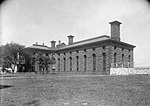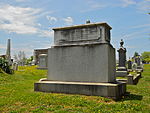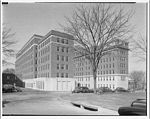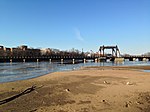Congressional Cemetery
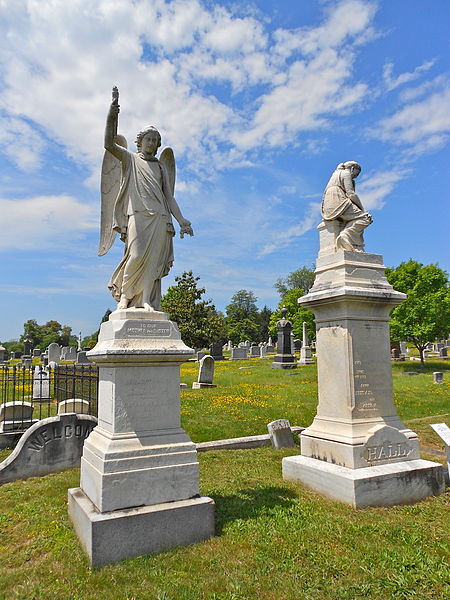
The Congressional Cemetery, officially Washington Parish Burial Ground, is a historic and active cemetery located at 1801 E Street, SE, in Washington, D.C., on the west bank of the Anacostia River. It is the only American "cemetery of national memory" founded before the Civil War. Over 65,000 individuals are buried or memorialized at the cemetery, including many who helped form the nation and the city of Washington in the early 19th century.Although the Episcopal Christ Church, Washington Parish owns the cemetery, the U.S. government has purchased 806 burial plots, which are administered by the Department of Veterans Affairs. Congress, located about a mile and a half (2.4 km) to the northwest, has greatly influenced the history of the cemetery. The cemetery still sells plots, and is an active burial ground. From the Washington Metro, the cemetery lies three blocks east of the Potomac Avenue station and two blocks south of the Stadium-Armory station. Many members of the U.S. Congress who died while Congress was in session are interred at Congressional Cemetery. Other burials include early landowners and speculators, the builders and architects of early Washington, Native American diplomats, Washington city mayors, and American Civil War veterans. Nineteenth-century Washington, D.C., families unaffiliated with the federal government also have graves and tombs at the cemetery. In all, there are one vice president, one Supreme Court justice, six Cabinet members, nineteen senators and seventy-one representatives (including a former speaker of the House) buried there, as well as veterans of every American war, and the first director of the Federal Bureau of Investigation, J. Edgar Hoover. The cemetery was listed on the National Register of Historic Places on June 23, 1969, and designated a National Historic Landmark in 2011.
Excerpt from the Wikipedia article Congressional Cemetery (License: CC BY-SA 3.0, Authors, Images).Congressional Cemetery
Ingle Street, Washington
Geographical coordinates (GPS) Address Nearby Places Show on map
Geographical coordinates (GPS)
| Latitude | Longitude |
|---|---|
| N 38.881388888889 ° | E -76.977777777778 ° |
Address
Captain Erskine M. Camp
Ingle Street
20003 Washington
District of Columbia, United States
Open on Google Maps
